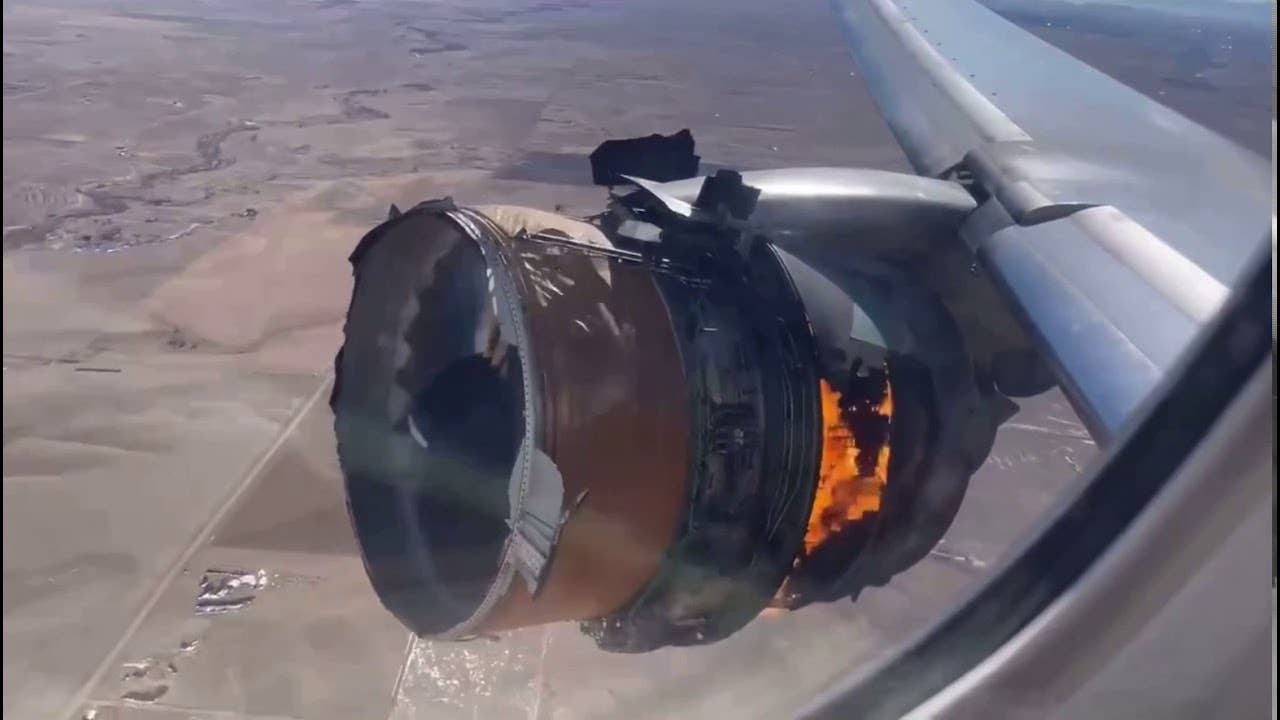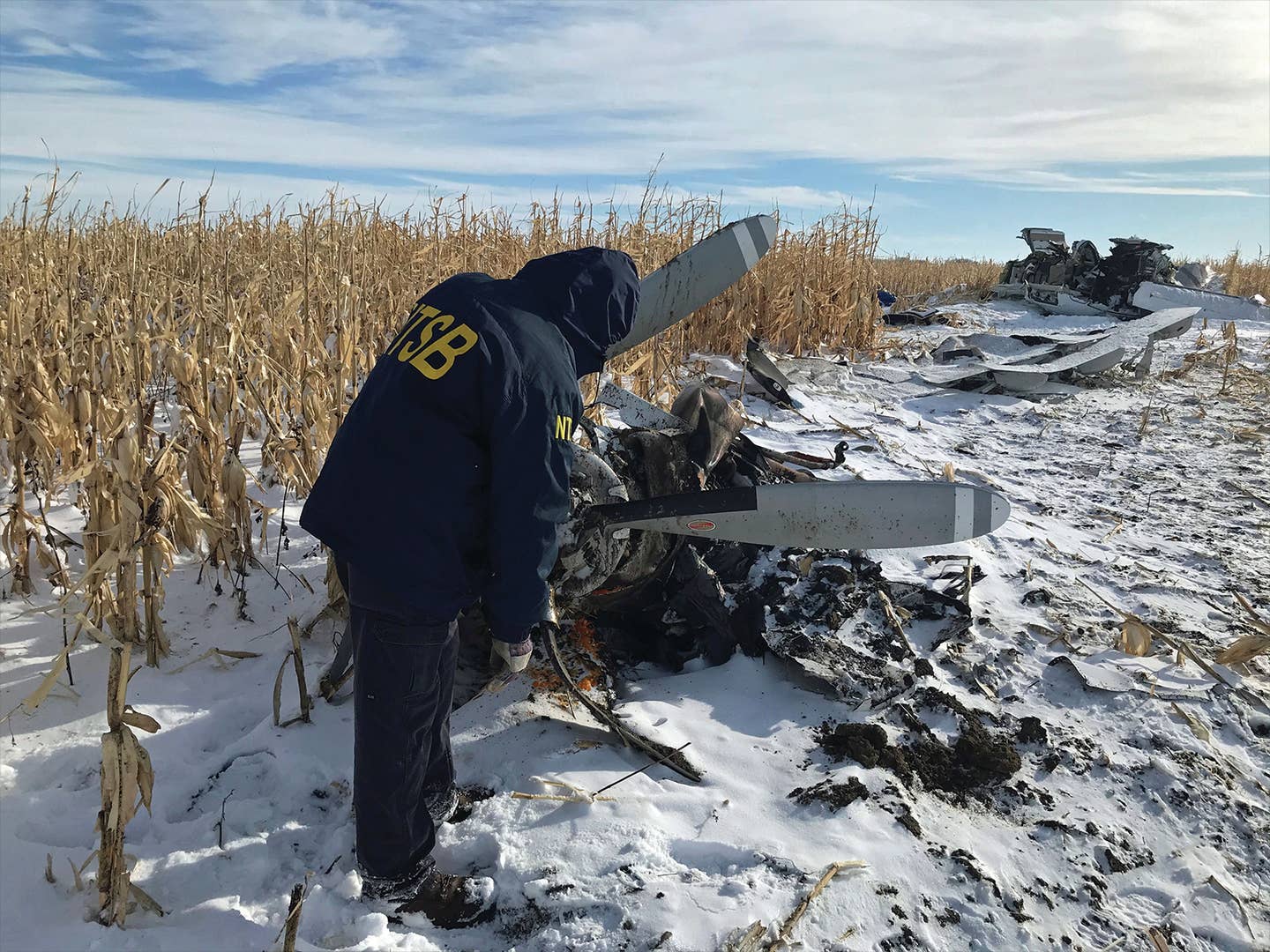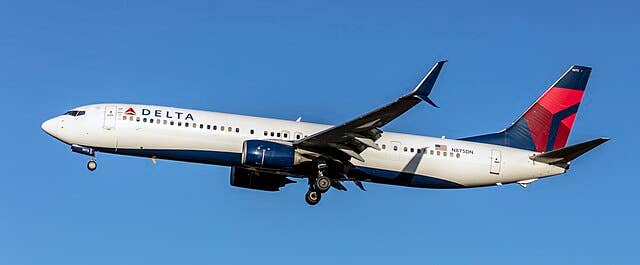NTSB Updates United Flight 328 Investigation: No Fuel-Fed Fire
While the investigation is still in the very early stages, the National Transportation Safety Board has provided an update that sheds a bit more light on the failure of the…

While the investigation is still in the very early stages, the National Transportation Safety Board has provided an update that sheds a bit more light on the failure of the Boeing 777’s Pratt & Whitney PW4000-series engine that led to a grounding of all so equipped models. Among the observations was the fact that the engine appeared to continue “burning” after the fuel had been shut off and the twin fire-suppression systems had been activated.
According to the NTSB, “Initial examination of the right engine fire damage found it was primarily contained to the engine's accessory components, thrust reverser skin, and composite honeycomb structure of the inboard and outboard thrust reversers. The spar valve, which stops fuel flow to the engine when the fire switch is pulled in the cockpit, was found closed—there was no evidence of a fuel-fed fire.” The NTSB said that the engine accessories “showed multiple broken fuel, oil, and hydraulic lines and the gearbox was fractured.”
In addition, the NTSB said that “According to FDR data and flight crew interviews, about 4 minutes after takeoff, the airplane was climbing through an altitude of about 12,500 feet msl with an airspeed of about 280 knots. The flight crew indicated they advanced power at that time to minimize time in expected turbulence during their climb up to their assigned altitude of flight level 230. Immediately after the throttles were advanced a loud bang was recorded on the CVR. FDR data indicate the engine made an uncommanded shutdown and the engine fire warning activated shortly after.”
Additional early examinations revealed: “Initial examination of the right engine fan revealed the spinner and spinner cap were in place and appeared undamaged. All fan blade roots were in place in the fan hub, two blades were fractured. One fan blade was fractured 7.5 inches above the base at the trailing edge. The fracture surface was consistent with fatigue. The second fractured blade exhibited indications of overload failure, consistent with secondary damage.” The blade that failed at the hub had accumulated just fewer than 3,000 cycles since the last inspection. After the Denver incident, the FAA published an emergency AD to require inspections of the first-stage fan before further flight.






